Home>Dining>Tableware>How To Keep A Plastic Tablecloth In Place
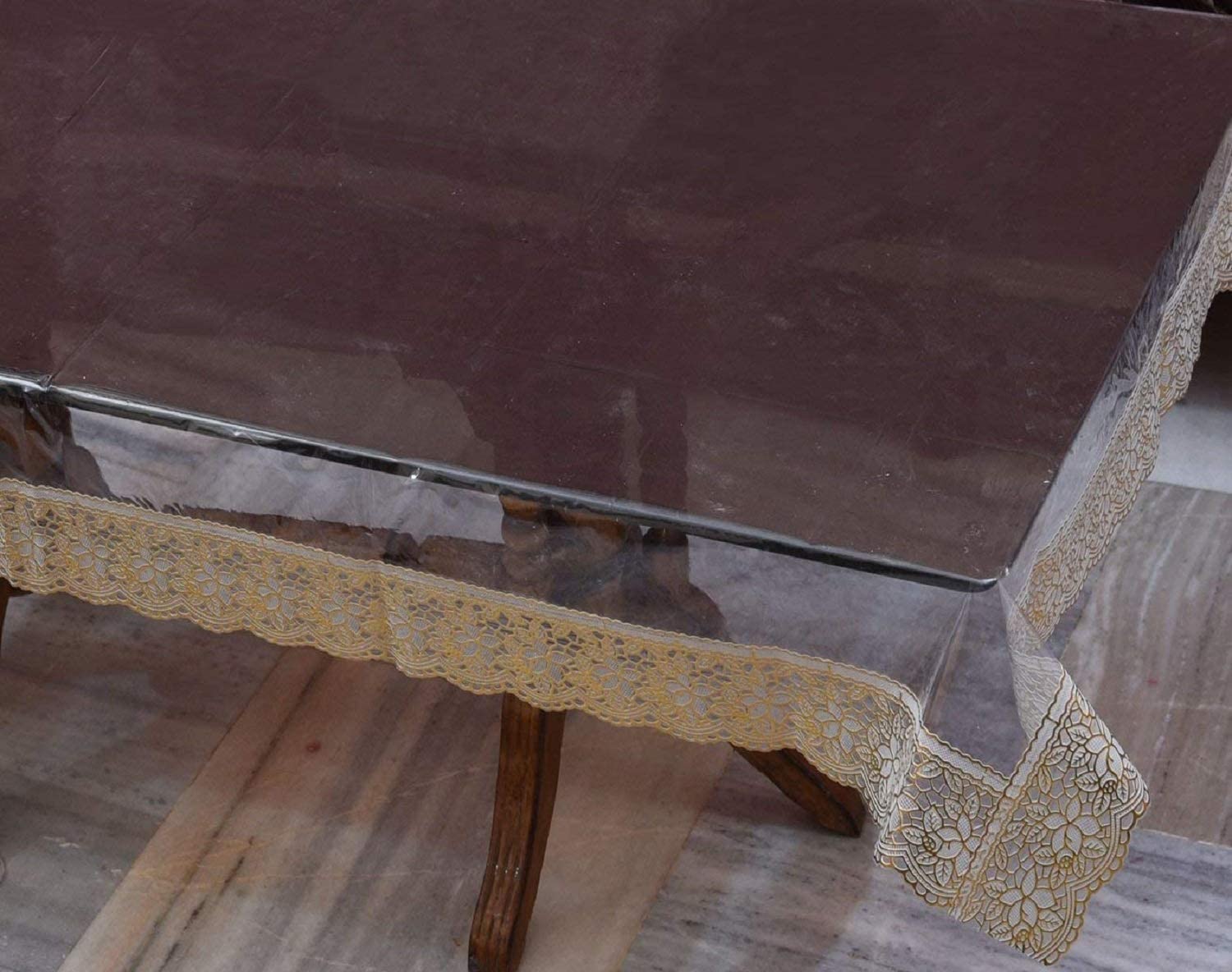

Tableware
How To Keep A Plastic Tablecloth In Place
Modified: February 24, 2024
Discover effective ways to keep your plastic tablecloth securely in place with our practical tips and tricks. Make your tableware stay put for hassle-free gatherings!
(Many of the links in this article redirect to a specific reviewed product. Your purchase of these products through affiliate links helps to generate commission for Storables.com, at no extra cost. Learn more)
Introduction
Tablecloths play an essential role in protecting our tables and enhancing the overall aesthetic of our dining areas. Whether you’re hosting a casual backyard barbecue or an elegant dinner party, a tablecloth can instantly elevate the look and feel of your table setting. While traditional fabric tablecloths are popular, plastic tablecloths offer a practical and convenient alternative, especially for outdoor events or casual gatherings. However, keeping a plastic tablecloth in place can sometimes be a challenge due to its lightweight and slippery nature.
In this article, we will explore various methods to help you keep your plastic tablecloth securely in place. From choosing the right tablecloth to using tablecloth clips, double-sided tape, Velcro strips, and even weights or heavy objects, we’ll cover all the techniques you need to know to ensure a fuss-free dining experience.
So, whether you’re planning a picnic in the park, a children’s birthday party, or a backyard barbecue, read on to discover how you can keep your plastic tablecloth firmly in place and avoid any unexpected tablecloth mishaps.
Key Takeaways:
- Choose a slightly heavier, textured plastic tablecloth with elastic edges for stability. Prepare the table surface and use tablecloth clips or double-sided tape for a secure fit, ensuring a hassle-free dining experience.
- Get creative with alternative methods like bungee cords, decorative clothespins, or non-slip shelf liners to keep your plastic tablecloth in place. Experiment with different techniques for a worry-free outdoor dining experience.
Read more: How To Keep A Tablecloth In Place
Choosing the Right Plastic Tablecloth
When it comes to keeping a plastic tablecloth in place, selecting the right type of tablecloth can make a significant difference. Here are a few factors to consider when choosing a suitable plastic tablecloth:
- Weight: Opt for a slightly heavier or thicker plastic tablecloth. These tend to be less prone to being blown away by a gust of wind or easily displaced by movement.
- Texture: Look for a tablecloth with a textured or non-slip surface. This can provide some added grip and prevent it from sliding around too easily.
- Elastic Edges: Consider purchasing a plastic tablecloth with elasticized edges. These are designed to fit snugly around the table, helping to keep the tablecloth in place even during windy conditions.
- Size: Ensure that the tablecloth you choose is the appropriate size for your table. A tablecloth that is too small may not provide enough coverage, while one that is too large might be more susceptible to shifting or catching the wind.
By taking these factors into account, you can select a plastic tablecloth that will be more resistant to movement and stay in place throughout your event.
Preparing the Table
Before you begin securing your plastic tablecloth, it’s essential to properly prepare the table to provide a stable and even surface for the tablecloth to rest on. Here are some steps to follow:
- Clean the Table: Start by clearing the table of any debris, crumbs, or objects. Wipe down the surface to ensure it’s clean and free from any dirt or moisture that could affect the tablecloth’s grip.
- Smooth the Surface: If your table has any uneven areas or sharp edges, consider using a table pad or cloth to create a smoother surface. This will help prevent the tablecloth from catching or slipping.
- Anchor the Table Legs: If your table has adjustable or removable legs, make sure they are securely fastened in place. Unstable or wobbly legs could cause the tablecloth to shift or become unbalanced.
- Avoid Sharp Objects: Remove any sharp objects or protruding elements from the table’s surface. These can puncture or tear the plastic tablecloth, causing it to rip or become prone to movement.
By taking these simple precautions, you can ensure that your table provides a sturdy and stable foundation for your plastic tablecloth.
Using Tablecloth Clips or Clamps
Tablecloth clips or clamps are an effective and simple solution to keep your plastic tablecloth securely in place. These handy accessories are designed to grip the tablecloth and prevent it from shifting or blowing away. Here’s how to use them:
- Choose the Right Clips: Look for tablecloth clips or clamps specifically designed for outdoor or plastic tablecloths. They often come in a variety of materials, such as plastic or metal, and are available in different sizes.
- Spread Out the Tablecloth: Lay out your plastic tablecloth evenly over the table, making sure it hangs down evenly on all sides.
- Place the Clips: Starting with one side of the table, attach the clips or clamps to the edge of the tablecloth, securing it tightly. Repeat this process for all sides of the table.
- Adjust the Tension: If the clips or clamps have adjustable tension, you can tighten or loosen them based on your preference. Ensure they provide a firm grip on the tablecloth without causing any damage.
- Check for Stability: Once all the clips or clamps are in place, gently tug on the tablecloth to test its stability. It should remain securely in place without any signs of slipping or shifting.
Tablecloth clips or clamps are a reliable and easy-to-use method to keep your plastic tablecloth in place, ensuring a hassle-free dining experience, even in windy conditions.
Using Double-Sided Tape
Double-sided tape is another effective method for securing your plastic tablecloth to the table’s surface. It provides a strong adhesive bond that prevents the tablecloth from sliding or moving. Here’s how to use double-sided tape:
- Gather the Supplies: Purchase double-sided tape specifically designed for use on tablecloths. Look for tape that provides a strong hold but can be easily removed without damaging the table.
- Cut the Tape: Measure the length of the sides of your table and cut the double-sided tape into appropriate lengths.
- Apply the Tape: Peel off the backing of the double-sided tape and carefully apply it to the edges of the table. Ensure that the sticky side is facing up and positioned close to the edge.
- Attach the Tablecloth: Once the tape is securely in place, gently press the edges of the plastic tablecloth onto the tape. Make sure it is aligned evenly and smoothly adhered to the table surface.
- Smooth Out the Tablecloth: Use your hands to smooth out any wrinkles or creases in the tablecloth, ensuring a neat and even appearance.
Double-sided tape provides a discreet and reliable solution for keeping your plastic tablecloth in place. It offers a strong hold while remaining easy to remove when you no longer need it.
Use double-sided tape or adhesive Velcro strips to secure the edges of the plastic tablecloth to the table. This will prevent it from slipping or blowing away.
Applying Velcro Strips
Velcro strips can be an excellent option for securing your plastic tablecloth to the table. Velcro provides a strong and adjustable grip, allowing you to easily remove and reattach the tablecloth as needed. Here’s how to apply Velcro strips:
- Purchase the Right Velcro: Look for self-adhesive Velcro strips specifically designed for use on tablecloths. Ensure that the Velcro is strong and can withstand the weight of the tablecloth.
- Cut the Strips: Measure the sides of your table and cut the Velcro strips into appropriate lengths.
- Position the Strips: Peel off the backing of the self-adhesive Velcro strips and apply one side of the Velcro to the edge of the tablecloth. Position the other side of the Velcro on the corresponding area of the table.
- Press and Secure: Firmly press the Velcro strips together to create a strong bond. Ensure that they are securely attached and that the tablecloth is held in place.
- Adjust if Needed: If you need to adjust the position of the tablecloth, the Velcro strips allow for easy readjustment. Simply separate the Velcro and reposition the tablecloth as desired.
Using Velcro strips provides a reliable and versatile solution for keeping your plastic tablecloth in place. The adjustable nature of Velcro allows you to easily customize the fit to suit your table and ensures a tight and secure grip, even when faced with movement or external forces.
Using Weights or Heavy Objects
If you’re looking for a simple and effective method to keep your plastic tablecloth in place, using weights or heavy objects can do the trick. This method works especially well for outdoor gatherings where windy conditions may cause the tablecloth to flap or lift. Here’s how to secure your tablecloth using weights or heavy objects:
- Gather the Weights: Look for heavy objects that can easily be placed on the tablecloth to provide weight and keep it from moving. Ideal options include decorative stones, small sandbags, or even heavy books.
- Spread Out the Tablecloth: Lay out the plastic tablecloth on the table surface, ensuring it hangs evenly on all sides.
- Place the Weights: Strategically position the weights around the edges of the tablecloth, spacing them out evenly. You can place them directly on the tablecloth or use clips or clamps to hold them in place.
- Adjust if Needed: Check the stability of the tablecloth by gently tugging on it. If any areas seem loose, adjust the placement of the weights to provide a more secure hold.
Using weights or heavy objects is a straightforward and practical method to keep your plastic tablecloth in place. It’s a great option for outdoor events or situations where you don’t want to deal with clips, tape, or other fastening methods.
Alternative Methods
Aside from the traditional methods mentioned, there are a few additional creative and unconventional ways to keep your plastic tablecloth in place. These alternative methods can be effective, especially when you don’t have access to specific tablecloth accessories. Here are a few ideas:
- Bungee Cords: If you have bungee cords or elastic straps available, you can use them to secure the edges of the tablecloth to the legs of the table. This will create tension, keeping the tablecloth in place.
- Decorative Clothespins: Utilize colorful or decorative clothespins to attach the edges of the tablecloth to the table’s sides. This not only adds a touch of charm but also provides a secure hold.
- Non-Slip Shelf Liner: Place a non-slip shelf liner or a rubber drawer liner between the table and the tablecloth. The grip and friction created by the liner will help prevent the tablecloth from sliding.
- Sticky Putty or Adhesive Tack: Apply sticky putty or adhesive tack to the corners and edges of the tablecloth, sticking it firmly to the table’s surface. Ensure that the putty or tack is removable and won’t damage the table or tablecloth.
- Tablecloth Weights: Purchase or make your own tablecloth weights using materials like decorative stones or washers. Attach these weights to the corners or edges of the tablecloth to keep it from shifting.
These alternative methods provide creative solutions for keeping your plastic tablecloth secure. Feel free to experiment and find the method that works best for your specific situation and available resources.
Conclusion
Keeping a plastic tablecloth in place is essential to ensure a seamless and enjoyable dining experience, especially during outdoor events or gatherings. By utilizing the right techniques and methods, you can prevent the tablecloth from sliding, shifting, or blowing away, allowing you and your guests to dine comfortably. Whether you opt for tablecloth clips, double-sided tape, Velcro strips, weights, or alternative methods, each approach offers its own benefits and flexibility.
When choosing a plastic tablecloth, consider factors such as weight, texture, elastic edges, and size to ensure a tablecloth that is less prone to movement. Preparing the table by clearing debris, smoothing the surface, and securing table legs also contributes to stabilizing the tablecloth.
Tablecloth clips or clamps provide a straightforward solution, while double-sided tape offers a discreet and reliable option. Velcro strips offer an adjustable and repositionable grip, while weights and heavy objects provide stability, especially in windy conditions. Additionally, alternative methods such as bungee cords, decorative clothespins, non-slip shelf liners, sticky putty, and tablecloth weights offer creative alternatives for securing the tablecloth.
Ultimately, the choice of method will depend on your personal preference, the nature of the event, and the resources available to you. Experiment with different techniques to find the most effective solution for keeping your plastic tablecloth in place.
By implementing these methods, you can enjoy worry-free dining, knowing that your plastic tablecloth will stay securely in place and contribute to a visually appealing table setting. So, the next time you host a gathering or enjoy a meal outdoors, you can focus on creating memories and savoring the experience without any tablecloth mishaps.
Frequently Asked Questions about How To Keep A Plastic Tablecloth In Place
Was this page helpful?
At Storables.com, we guarantee accurate and reliable information. Our content, validated by Expert Board Contributors, is crafted following stringent Editorial Policies. We're committed to providing you with well-researched, expert-backed insights for all your informational needs.
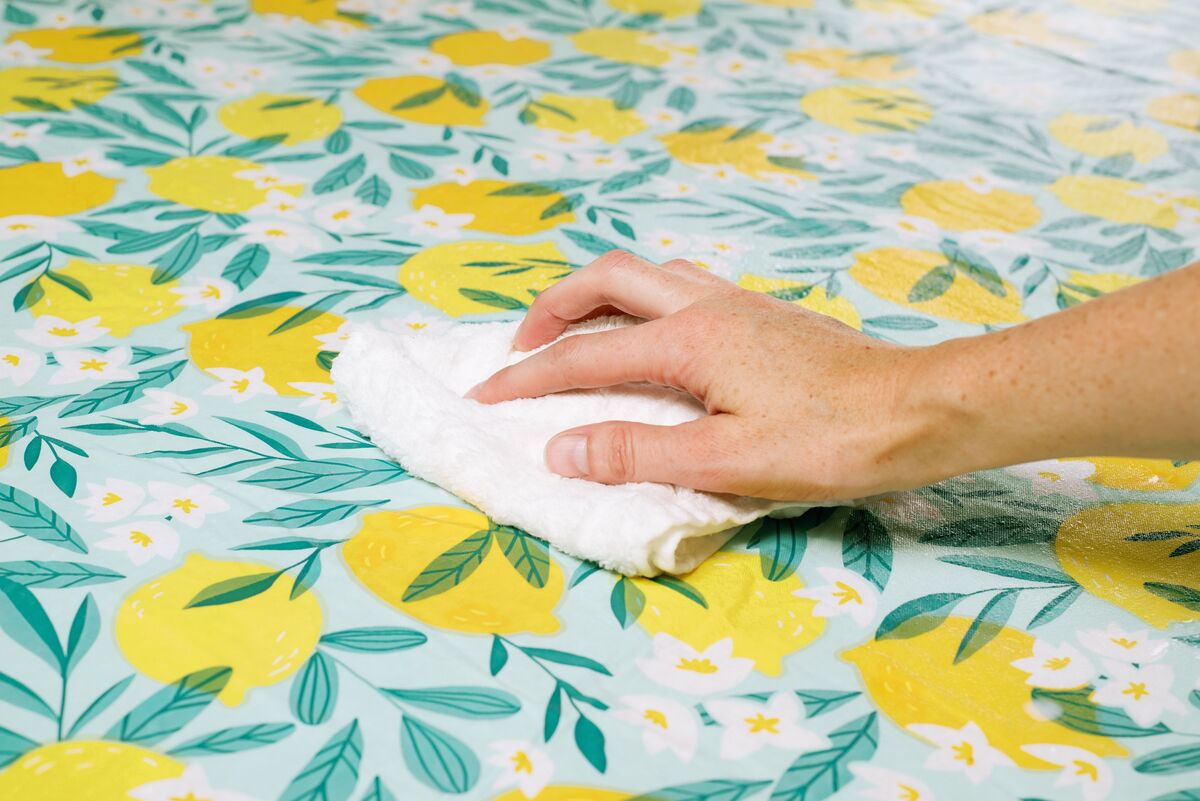
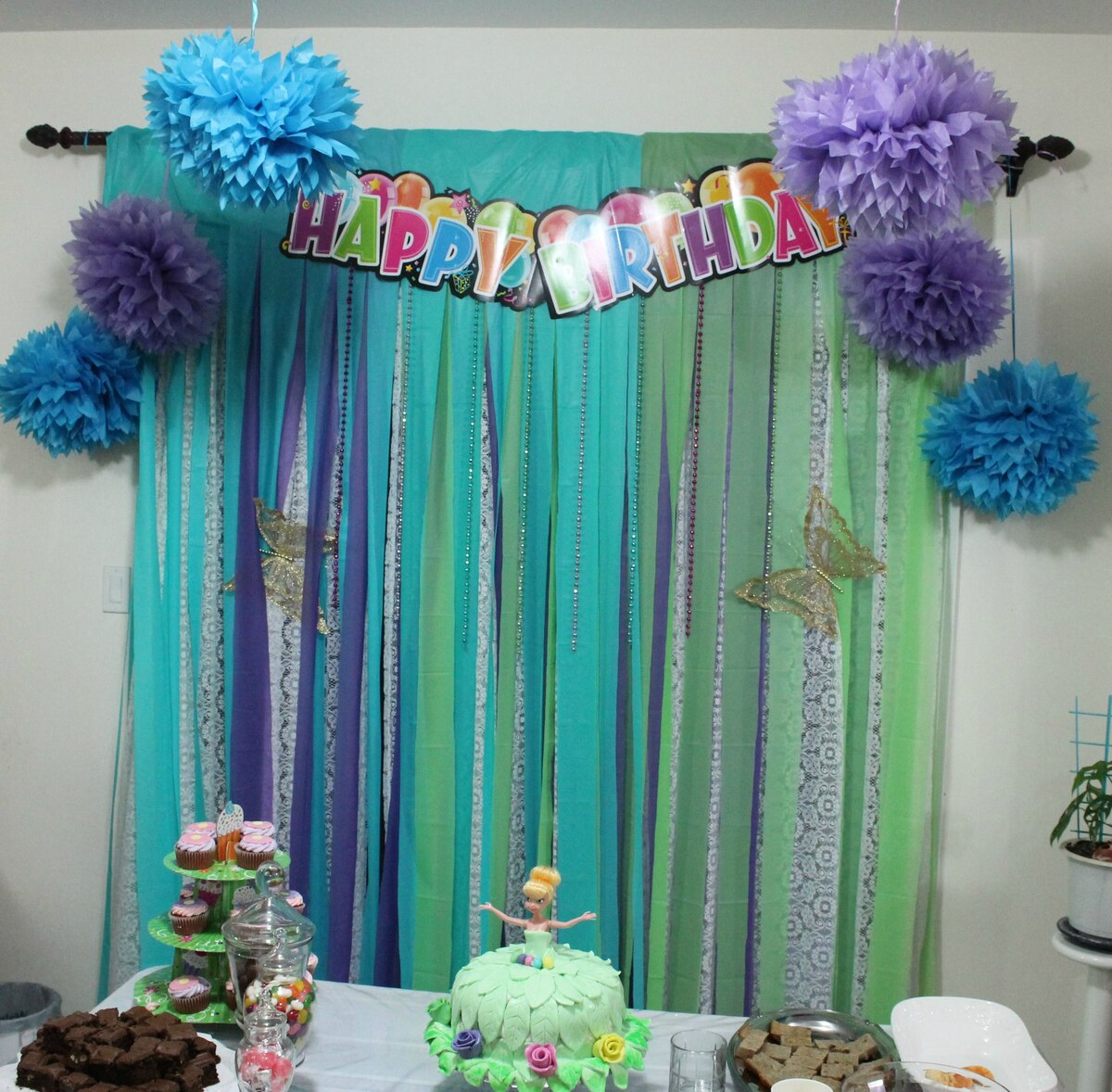
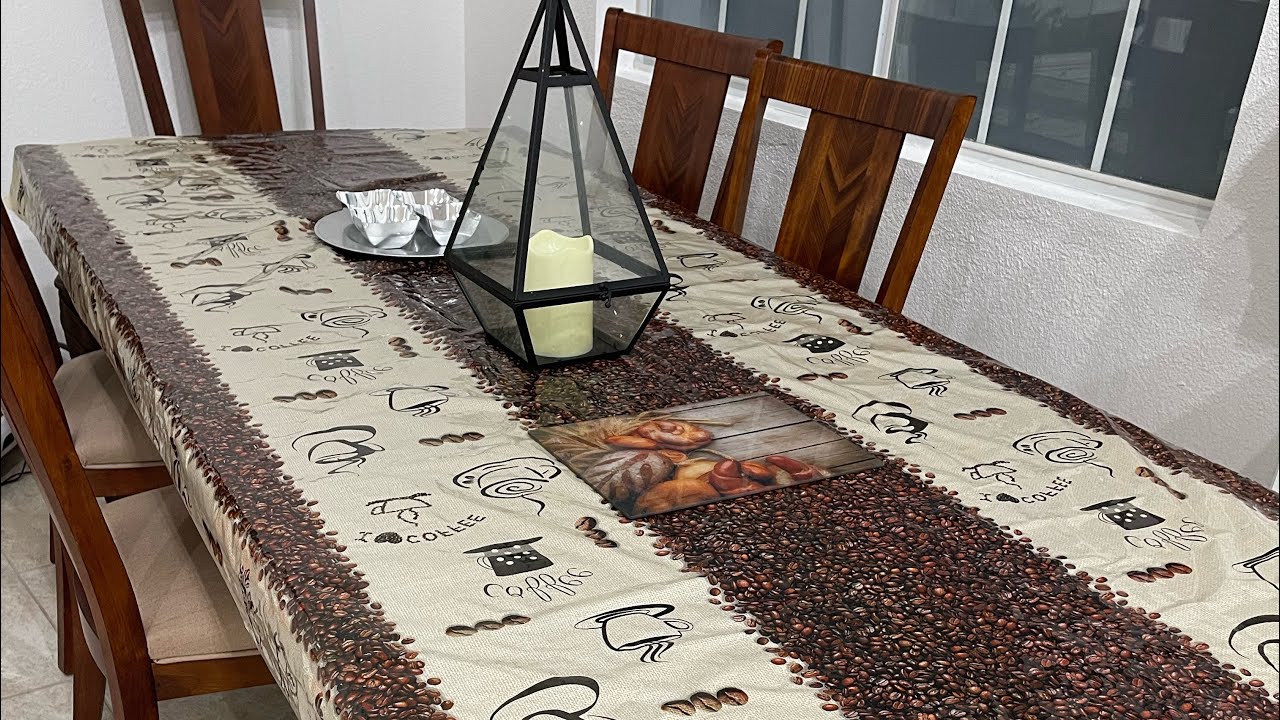
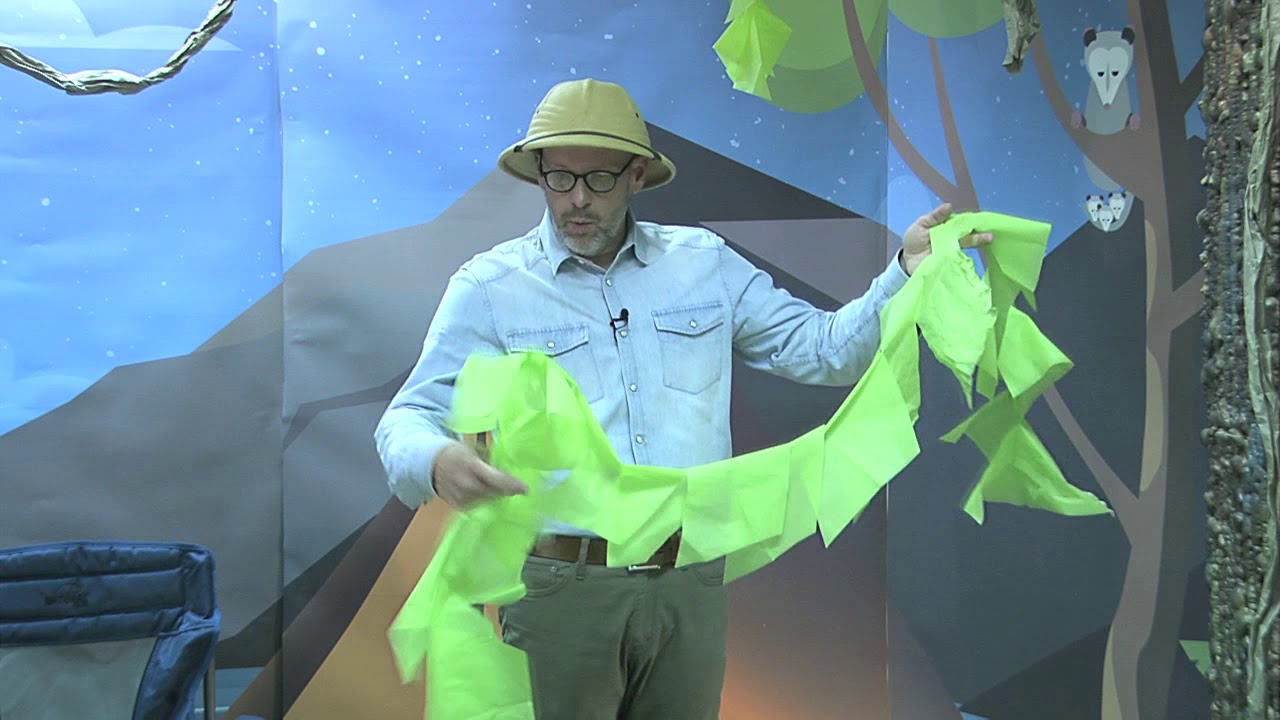
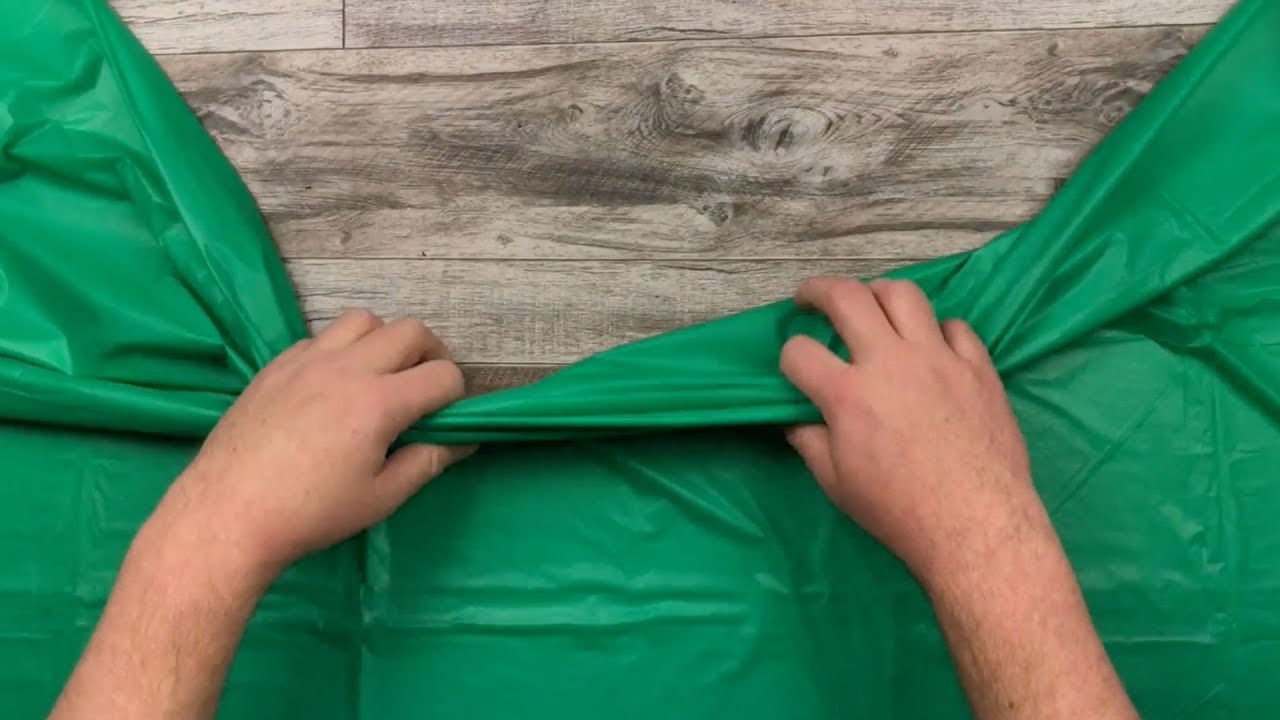

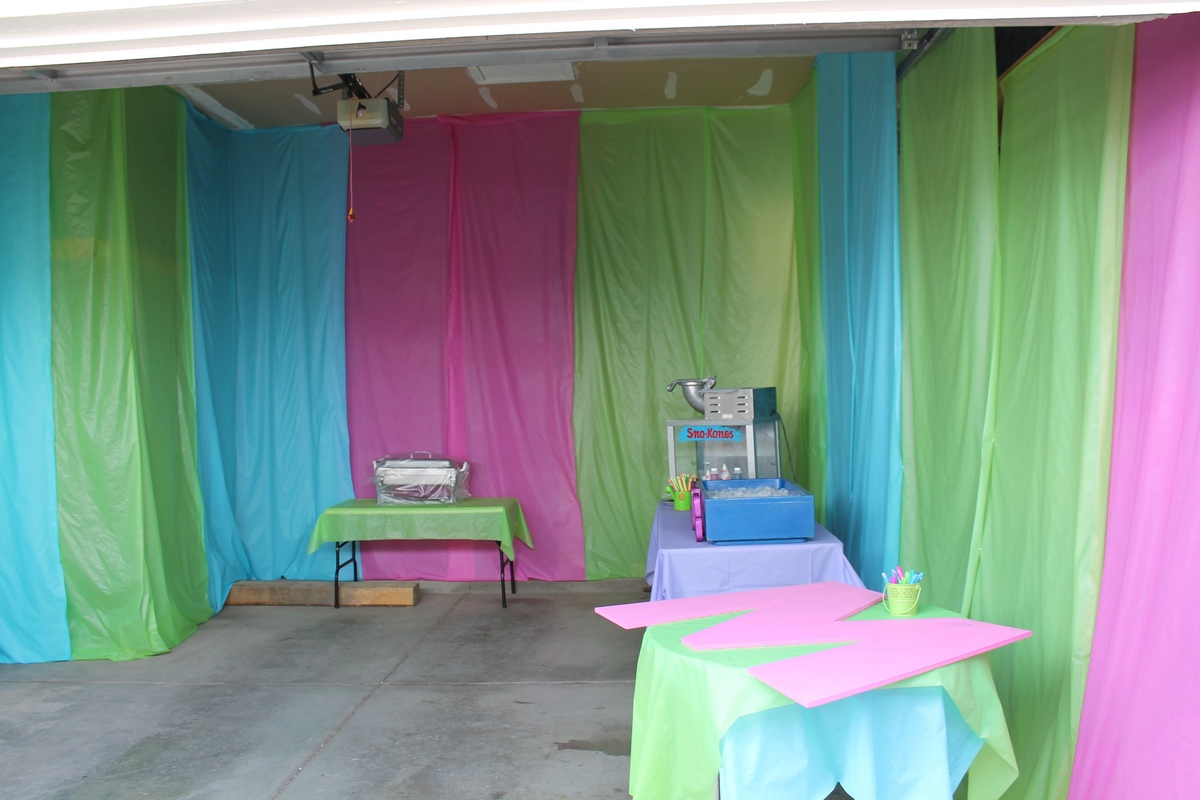
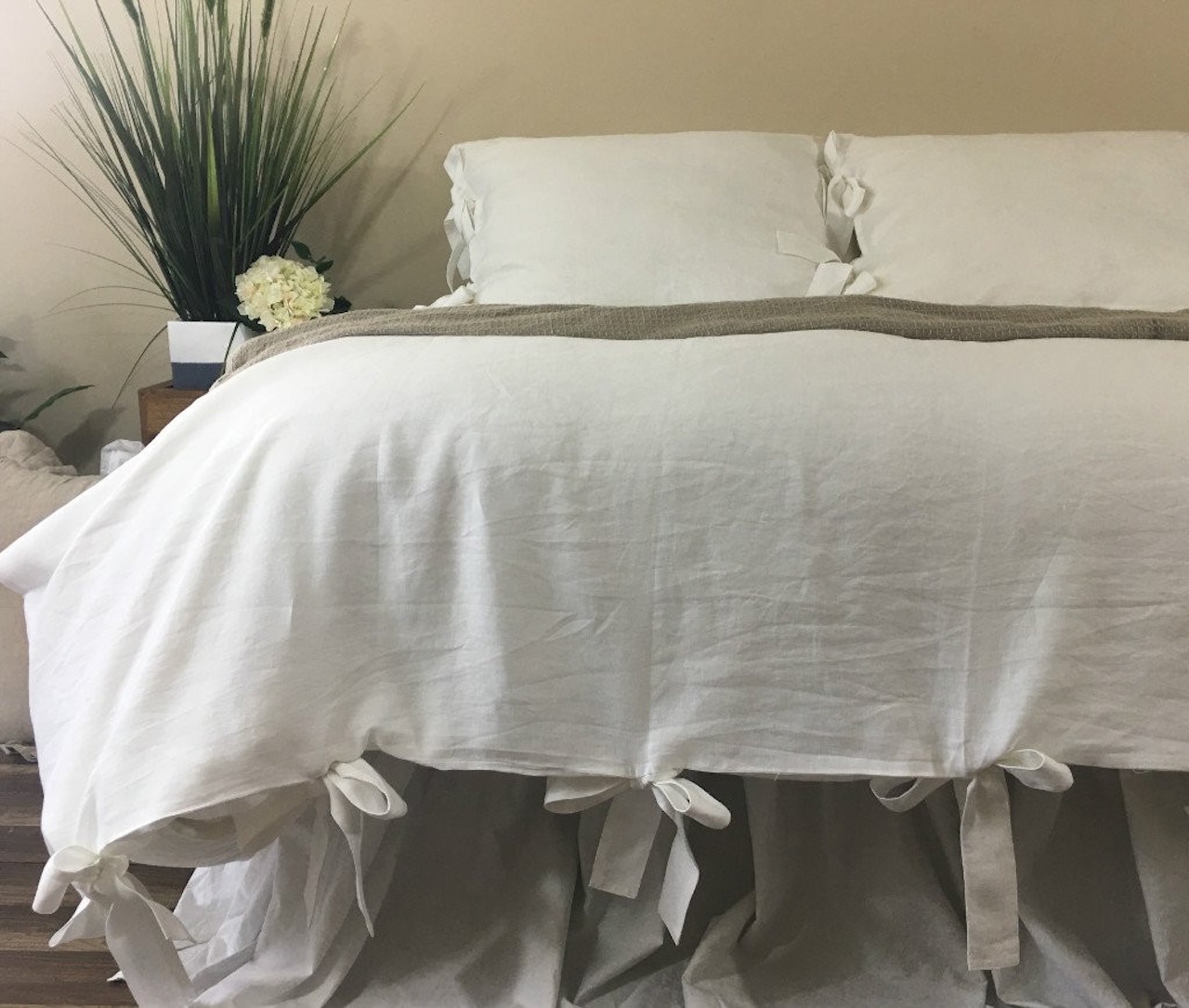
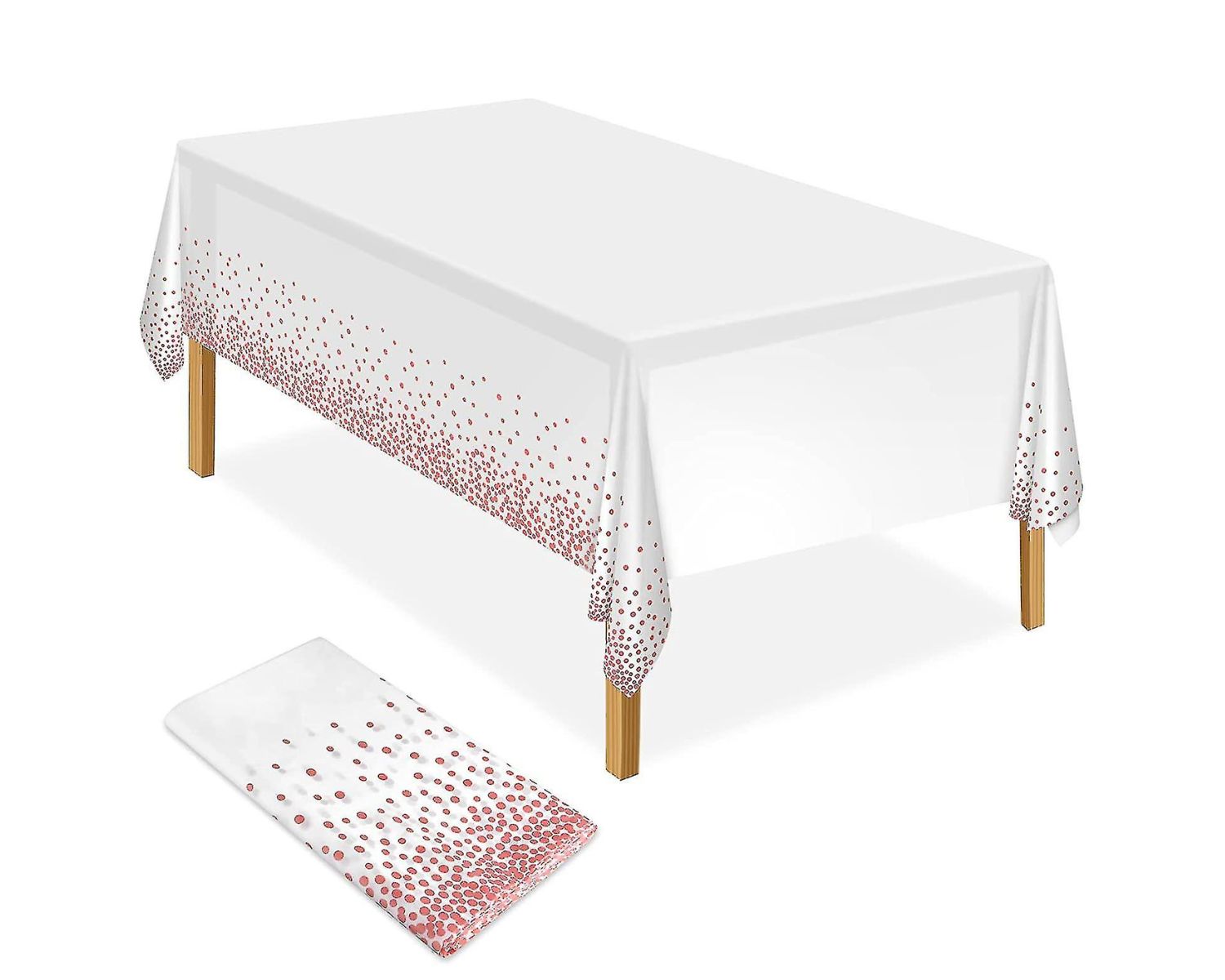
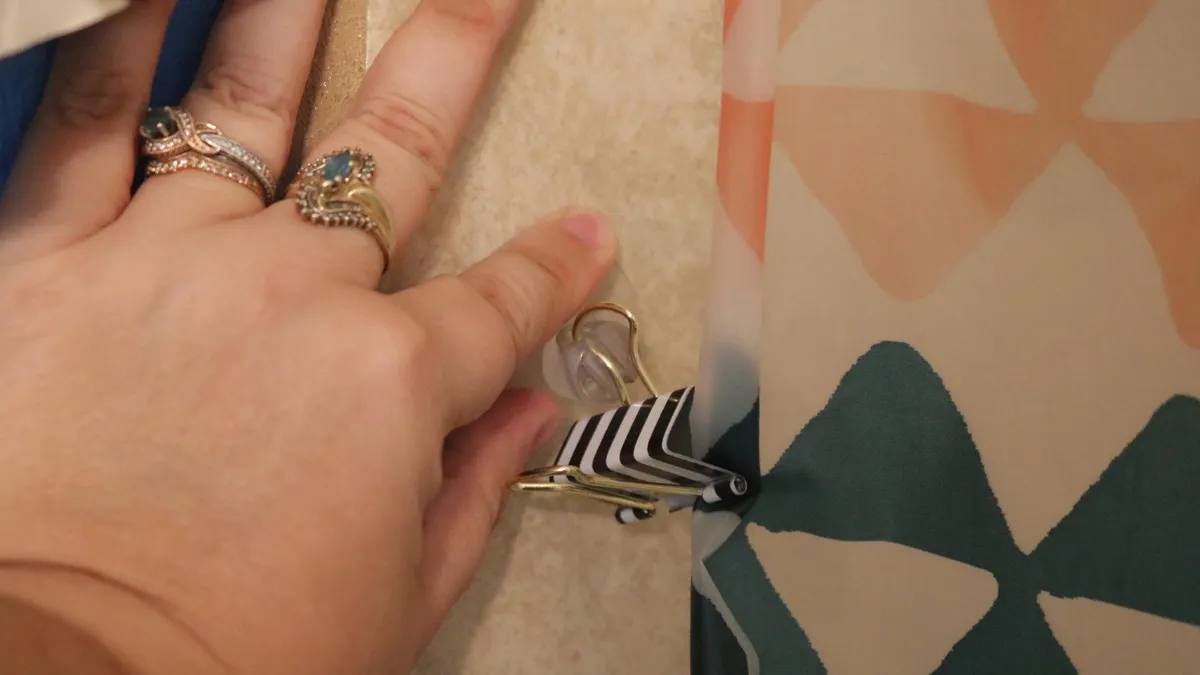
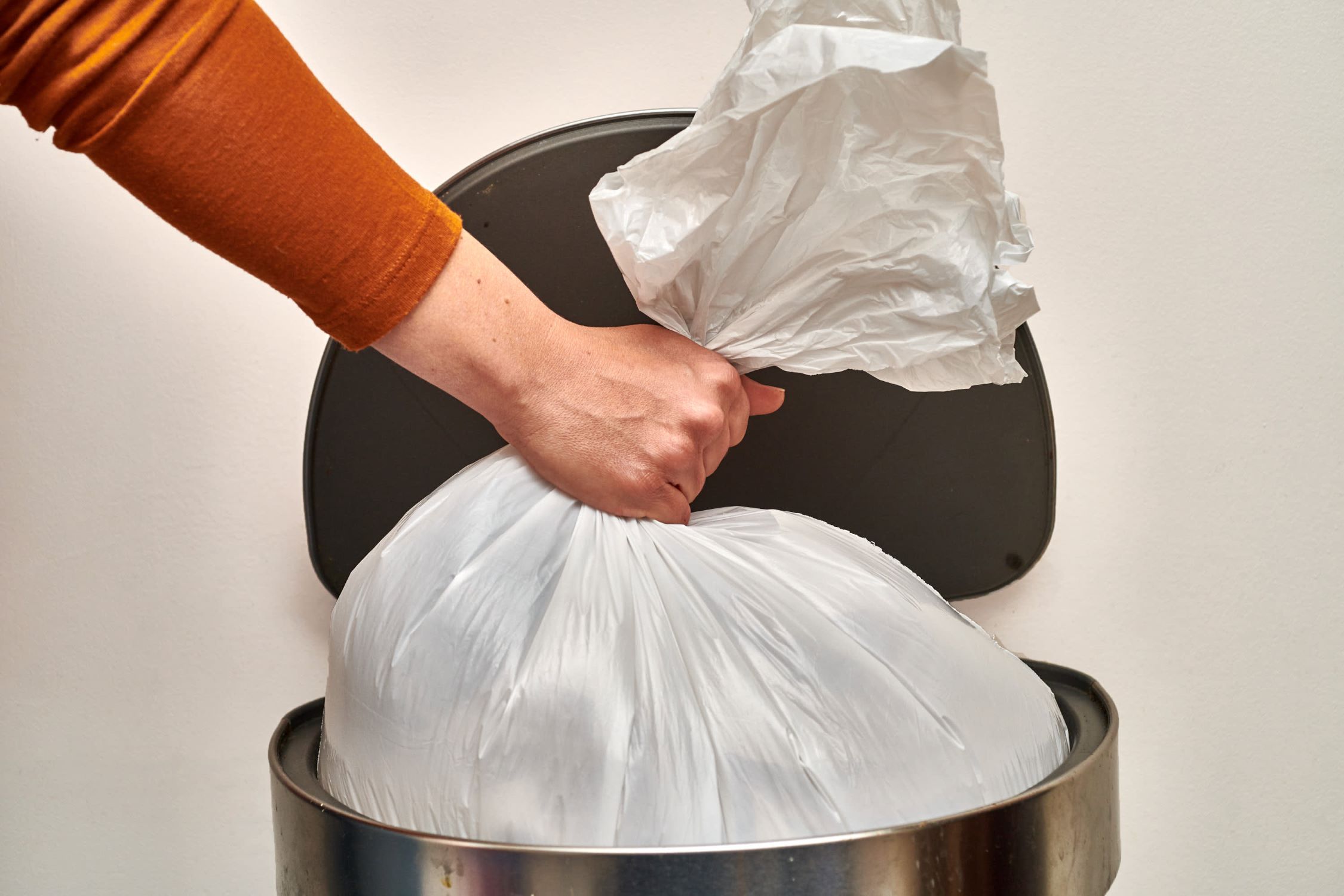
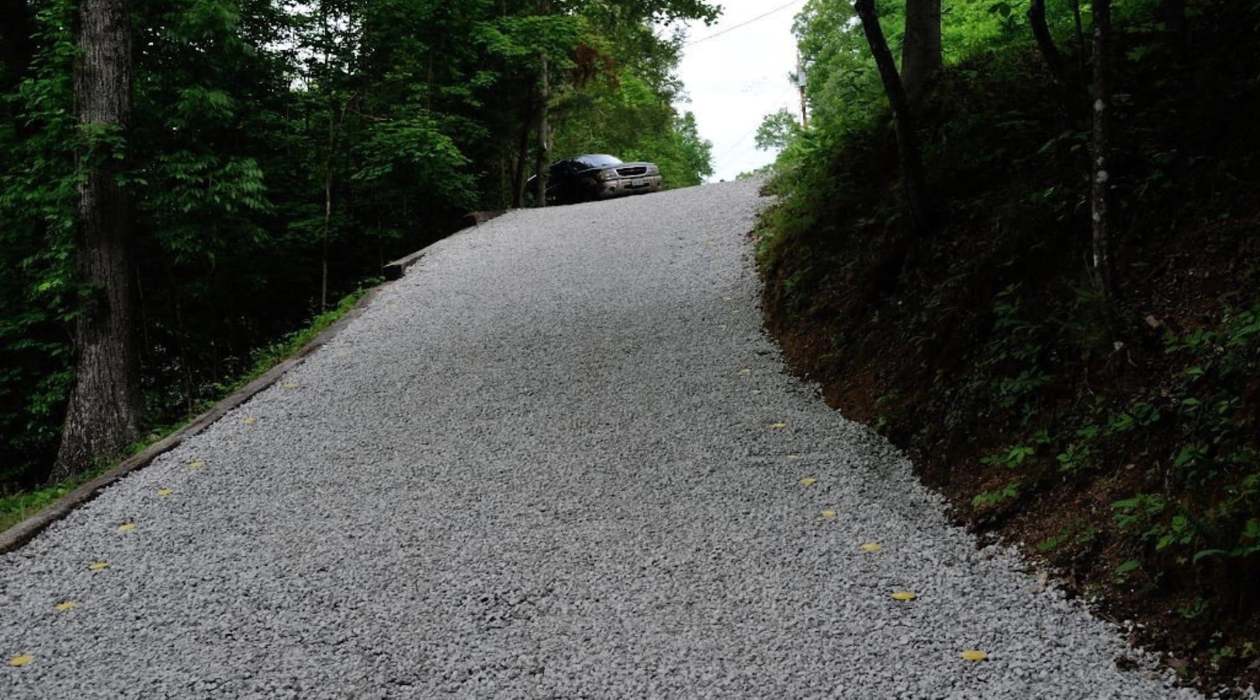
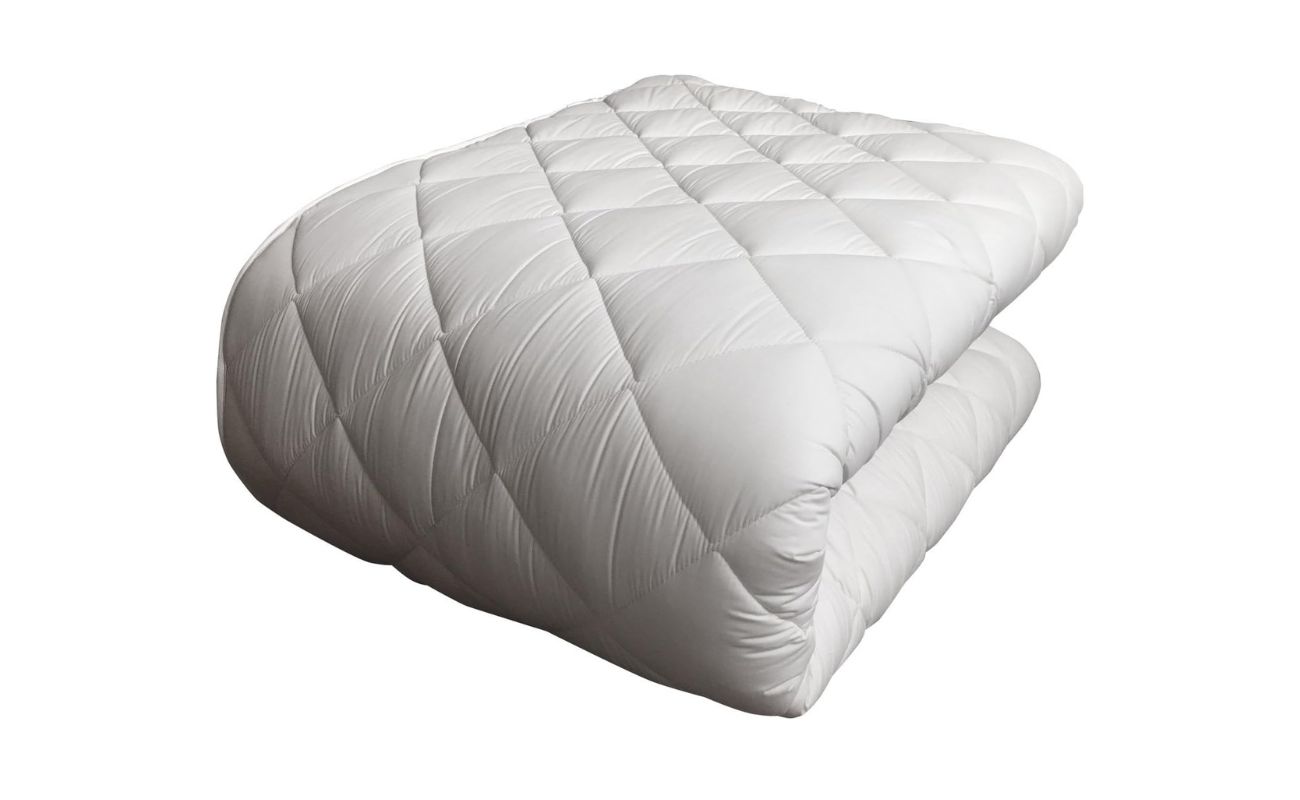
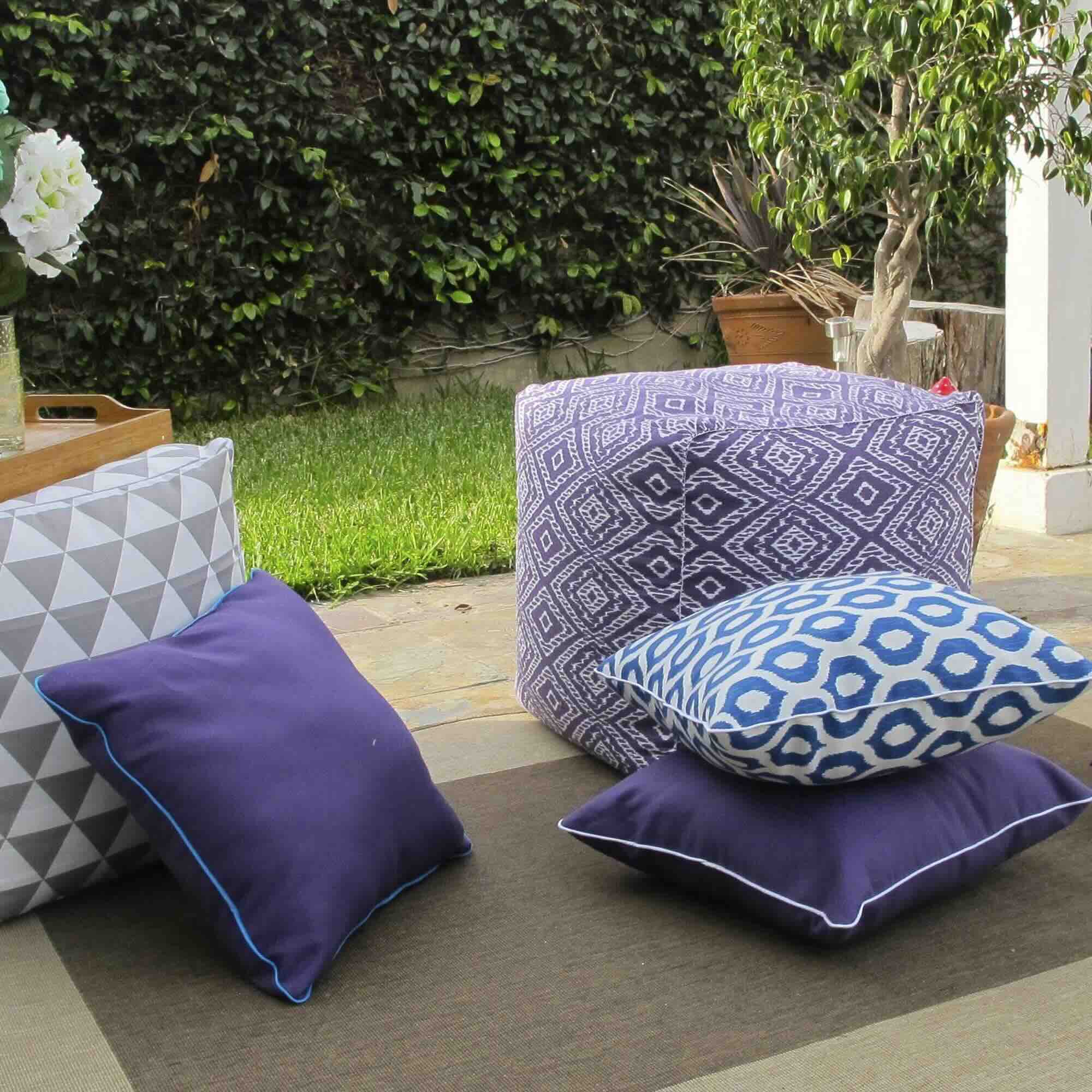

0 thoughts on “How To Keep A Plastic Tablecloth In Place”